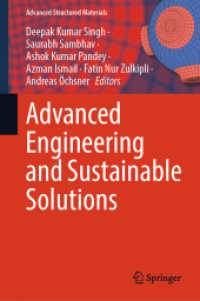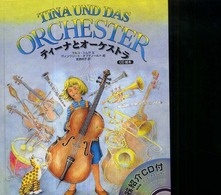Full Description
Rock-cut tombs, i.e. chambered tombs hewn out from the bedrock, were a common type of monumental burial among many past societies around the world, from the Neolithic Mediterranean, to the Classical Near East, and Protohistoric Japan and Korea. Around the globe they have attracted the attention of generations of archaeologists, historians and art historians. The island of Sulawesi, Indonesia, is the only place where rock-cut tombs are still being created today, and in a traditional (small scale, animist) society context. The Toraja people of Central Sulawesi have built and used rock-cut chambered tombs (locally called liang pa') as kinship communal burials for at least 300 years. This living tradition represents a unique opportunity to study rock-cut monuments from an ethnoarchaeological perspective, with a focus on their material, temporal, social, ritual and landscape dimensions. This book is the first ever dedicated to the Toraja tombs and is the outcome of comprehensive literature-based research (ethnographic literature from the 19th century to present) and original fieldwork carried out by the authors in June 2017. The aim of the book is twofold: first, to provide an overview of liang pa' rock-cut tombs and, second, to address specific issues that had never been investigated before. These issues include the architectural style and decoration of the tombs, the technical steps and ritual activities associated with the process of cutting the tombs into the rock, their landscape setting, and their relationship to local kinship groups. The authors place the liang pa' within the context of historical developments pertaining to other funerary traditions of the Toraja people over the past several centuries, and present an overview of burial practices associated with these monuments. The research provides a unique synthesis and offers methodological and theoretical insights that are relevant to any reader interested in rock-cut architectures of the past and present, monuments and rituals, and the anthropological study of human-environment interactions. Overall, the book offers a series of fresh insights on long-debated archaeological issues that will inform discussion and theoretical models for the study and interpretation of ritual monuments from prehistory to present.
Contents
List of figures, plates and tables
1. Introduction
2. Tomb traditions through time and space in Tana Toraja
3. The anatomy and decoration of liang pa'
4. Creating a liang pa': cutting process and rituals
5. Using a liang pa': burial and post-burial rituals
6. The landscape setting of liang pa' cemeteries
7. The social biography of liang pa' cemeteries
8. Conclusion
Glossary of Toraja terms
Appendix: list of cemeteries surveyed in June 2017
Bibliography






